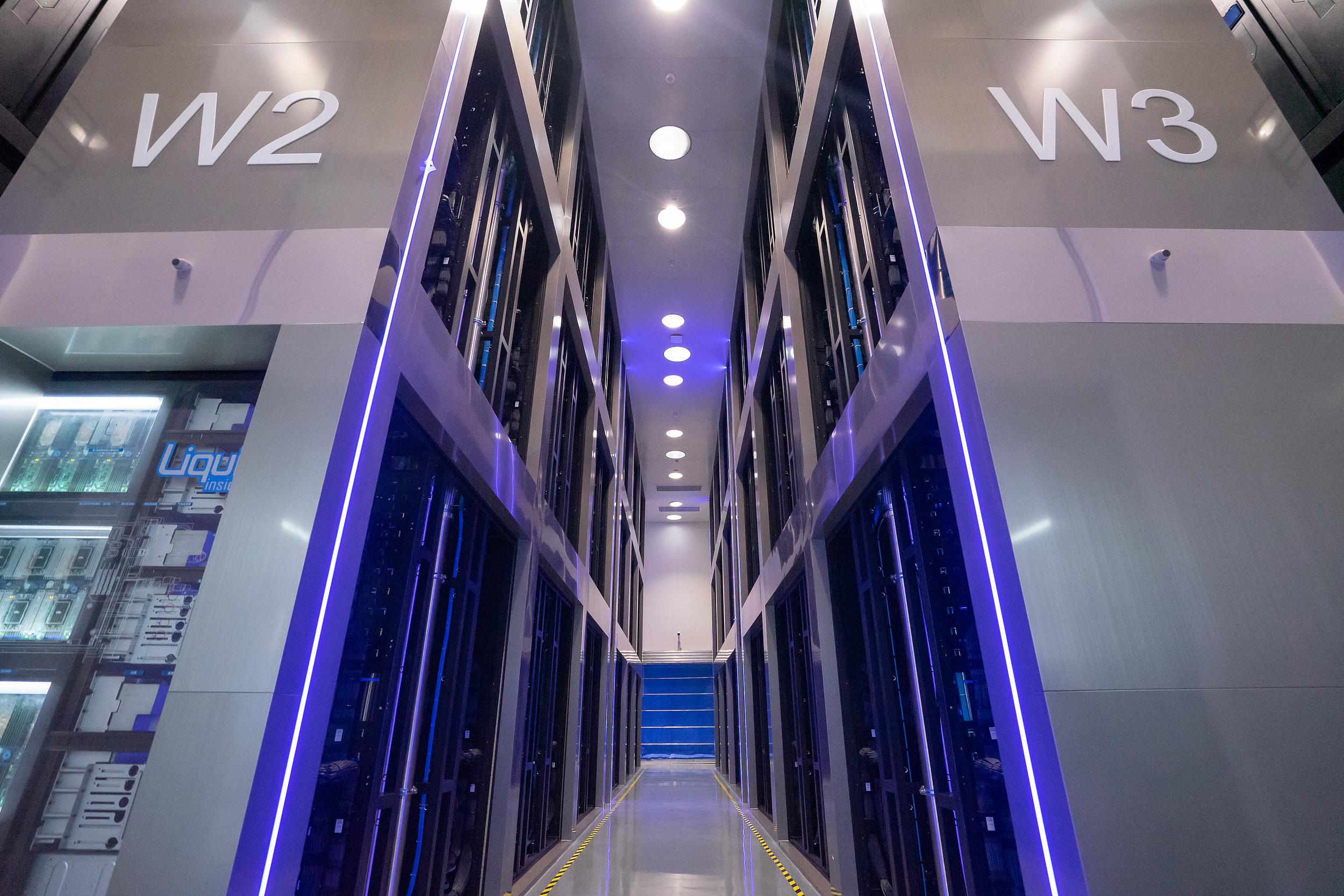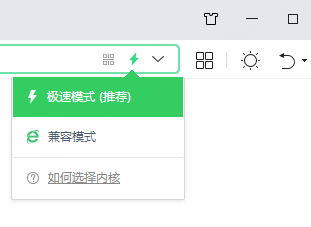Action Plan to Build Digital China by 2025

China has released an action plan for the development of a Digital China by 2025, covering eight major areas.
They are:
•Innovation in systems and mechanisms
•Cultivation of local brands
•AI +
•Infrastructure enhancement
•Cultivation of the data industry
•Nurturing of digital talent
•Optimization of the digital development environment, and
•Empowerment of digital technology.
A key strategy is to establish a unified approach to digital development, improving coordination between central and local governments. A comprehensive system will be created for managing data work, with emphasis on enhancing local data management functions.
The digital economy will be strengthened by developing distinctive and competitive digital products and industries. Through technological innovation, functional upgrades, and brand-building efforts, competitiveness in the data sector will be enhanced and significant industry clusters created.
A major thrust is on the application of AI and developing high-quality AI datasets. The plan outlines ways to advance intelligent manufacturing and connected technologies, such as smart electric vehicles, AI-enabled smartphones and computers, and intelligent robotics.
Another crucial element is the optimization of the Internet of Things and industrial Internet. By pushing forward the "East Data, West Computing" initiative, China aims to balance the demand for computational power across different regions and improve the efficient allocation of computing resources.
The "East Data, West Computing" initiative is a mega project to establish eight national computing hubs and 10 national data center clusters, transmitting more computing resources from the eastern regions to the less developed western areas.
The action plan also calls for the creation of high-quality industry datasets, particularly in key sectors like transportation, healthcare, finance, manufacturing and agriculture. Public data resources will be leveraged more effectively, with an emphasis on the unified management, operation through a unified platform and integrated application of public data.
Measures have been outlined to foster digital talent through industry-education collaboration and digital skills competitions. The business environment will be improved to attract more high-quality data enterprises and projects, establishing pathways for the mobility of top-tier digital professionals.
The plan targets significant progress by 2025, with key indicators including the digital economy's core industries contributing over 10 percent to the national GDP, a computing power capacity exceeding 300 EFLOPS, and major advances in government digitalization, cultural digitalization and public service integration.






